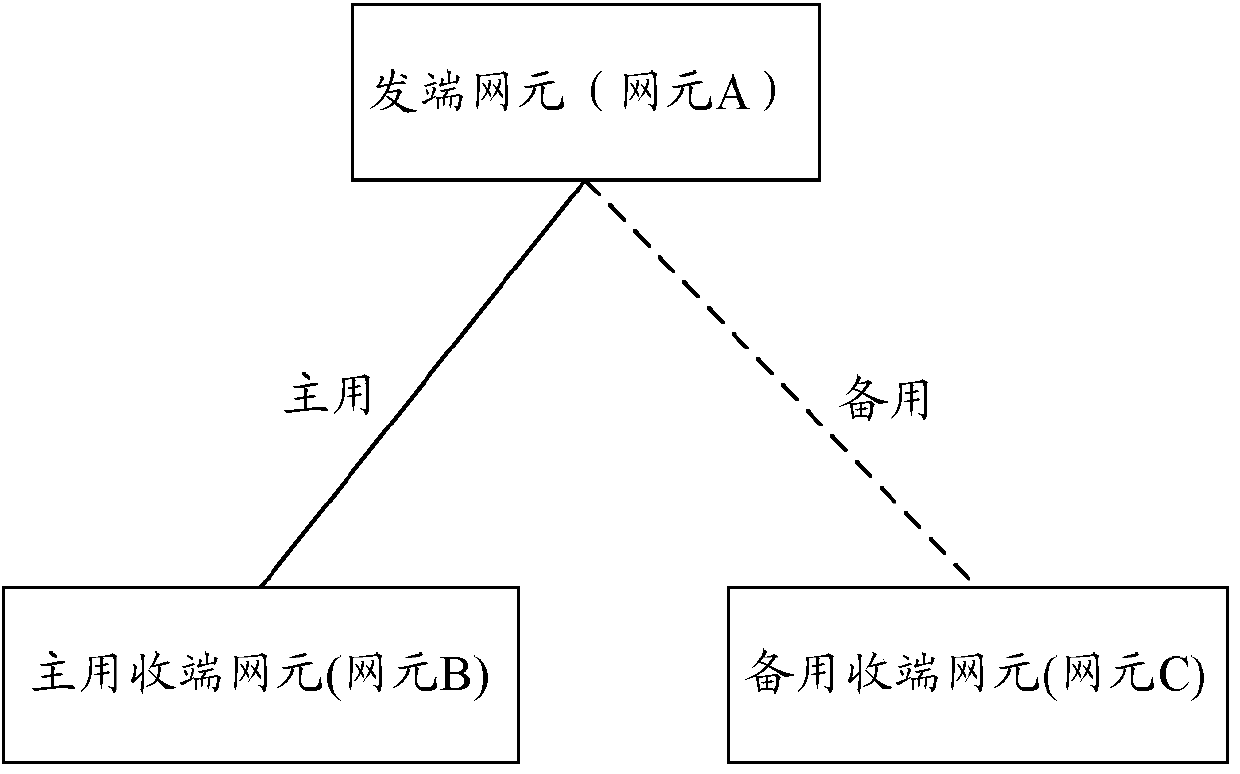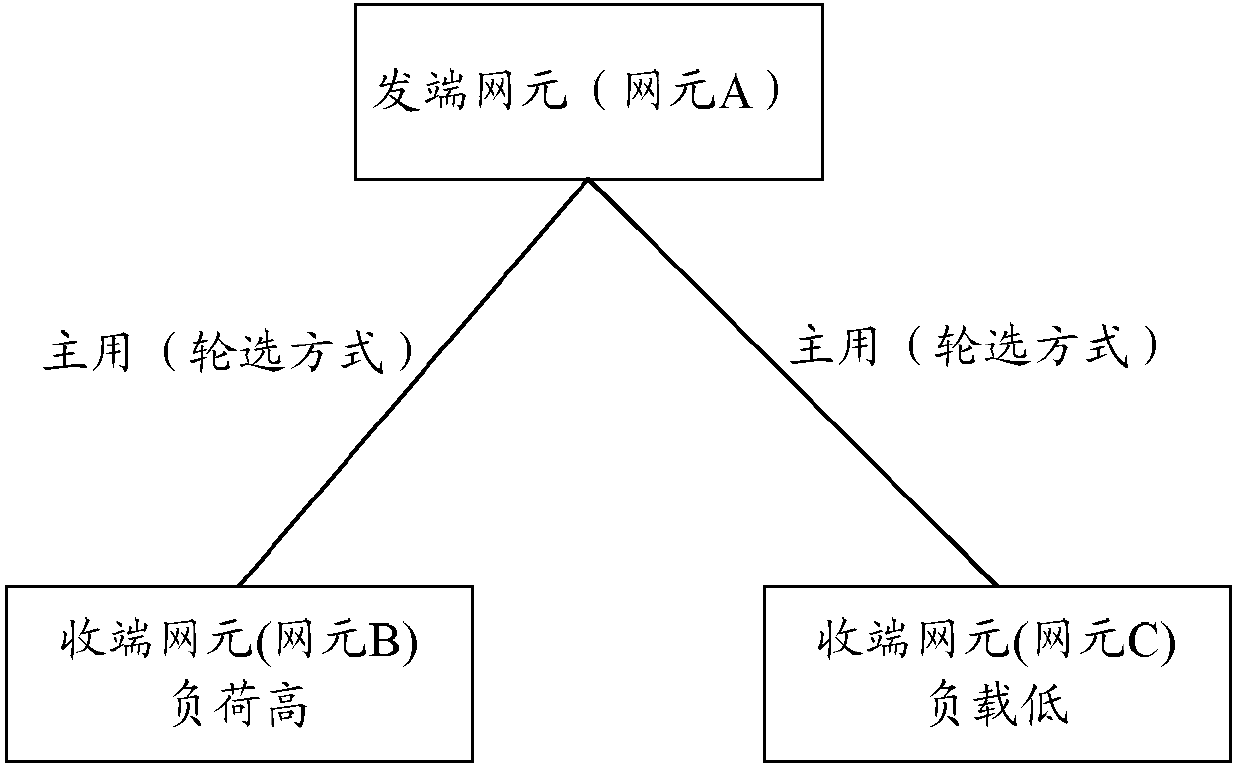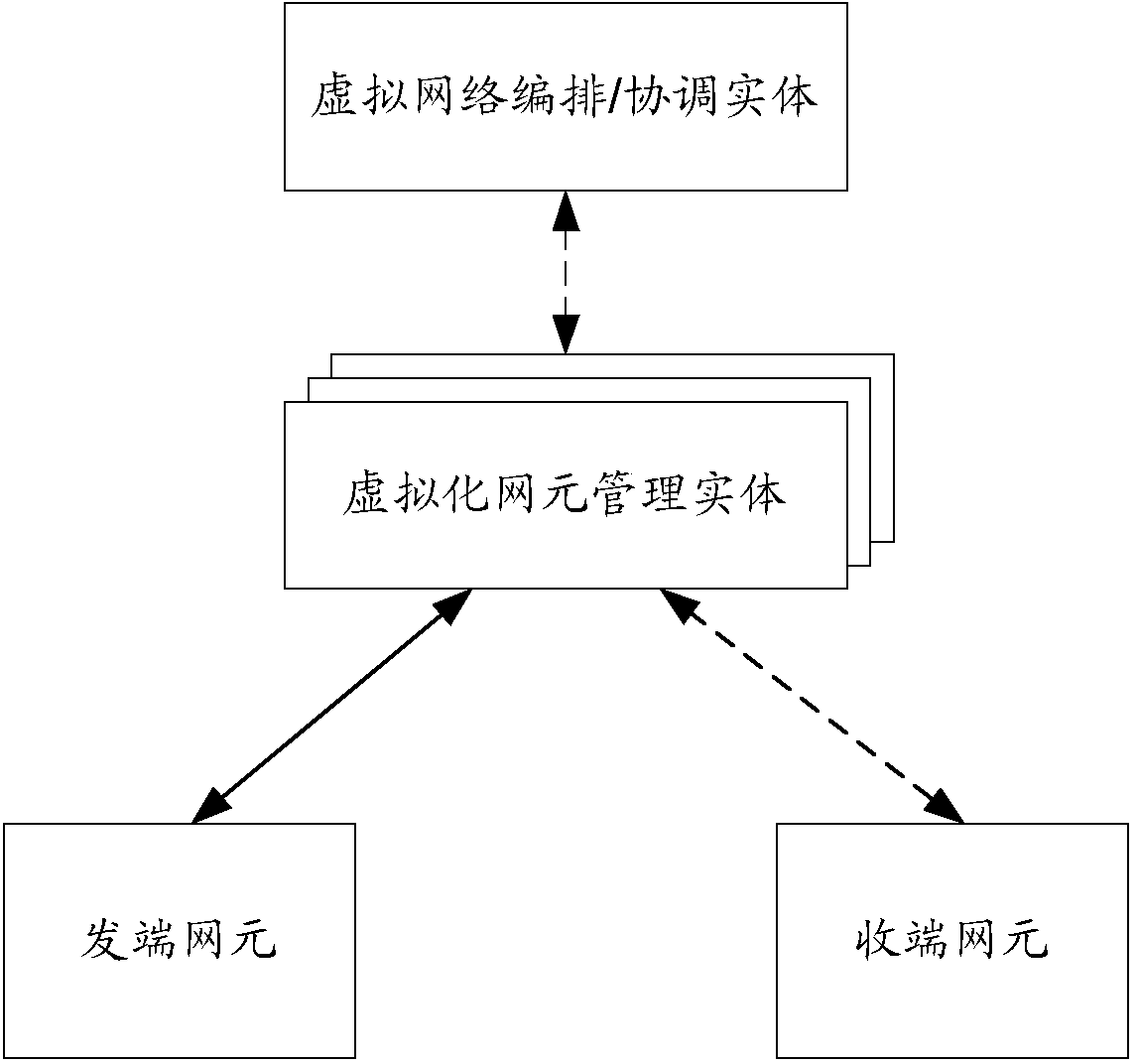Method and system for realizing load balancing between virtualized network elements, and virtualized network element
A load balancing and virtualization technology, applied in transmission systems, digital transmission systems, electrical components, etc., can solve problems such as not meeting the principle of on-demand resource allocation, increasing the complexity of telecommunication networks, and increasing message processing delays.
- Summary
- Abstract
- Description
- Claims
- Application Information
AI Technical Summary
Problems solved by technology
Method used
Image
Examples
Embodiment Construction
[0114] In order to make the purpose, technical solution and advantages of the present invention more clear, the embodiments of the present invention will be described in detail below in conjunction with the accompanying drawings. It should be noted that, in the case of no conflict, the embodiments in the present application and the features in the embodiments can be combined arbitrarily with each other.
[0115] Judging from the two existing processing methods, after the network functions are virtualized, load balancing control should be performed on the sending NE, that is, when the sending NE selects the receiving NE, it needs to know the current actual load and the current load of the receiving NE. For resource idle information, select a receiving NE with a relatively low load as the target NE. However, since network function virtualization does not involve the extension of signaling and services between the sending and receiving network elements, and does not add new netwo...
PUM
 Login to View More
Login to View More Abstract
Description
Claims
Application Information
 Login to View More
Login to View More - R&D Engineer
- R&D Manager
- IP Professional
- Industry Leading Data Capabilities
- Powerful AI technology
- Patent DNA Extraction
Browse by: Latest US Patents, China's latest patents, Technical Efficacy Thesaurus, Application Domain, Technology Topic, Popular Technical Reports.
© 2024 PatSnap. All rights reserved.Legal|Privacy policy|Modern Slavery Act Transparency Statement|Sitemap|About US| Contact US: help@patsnap.com










